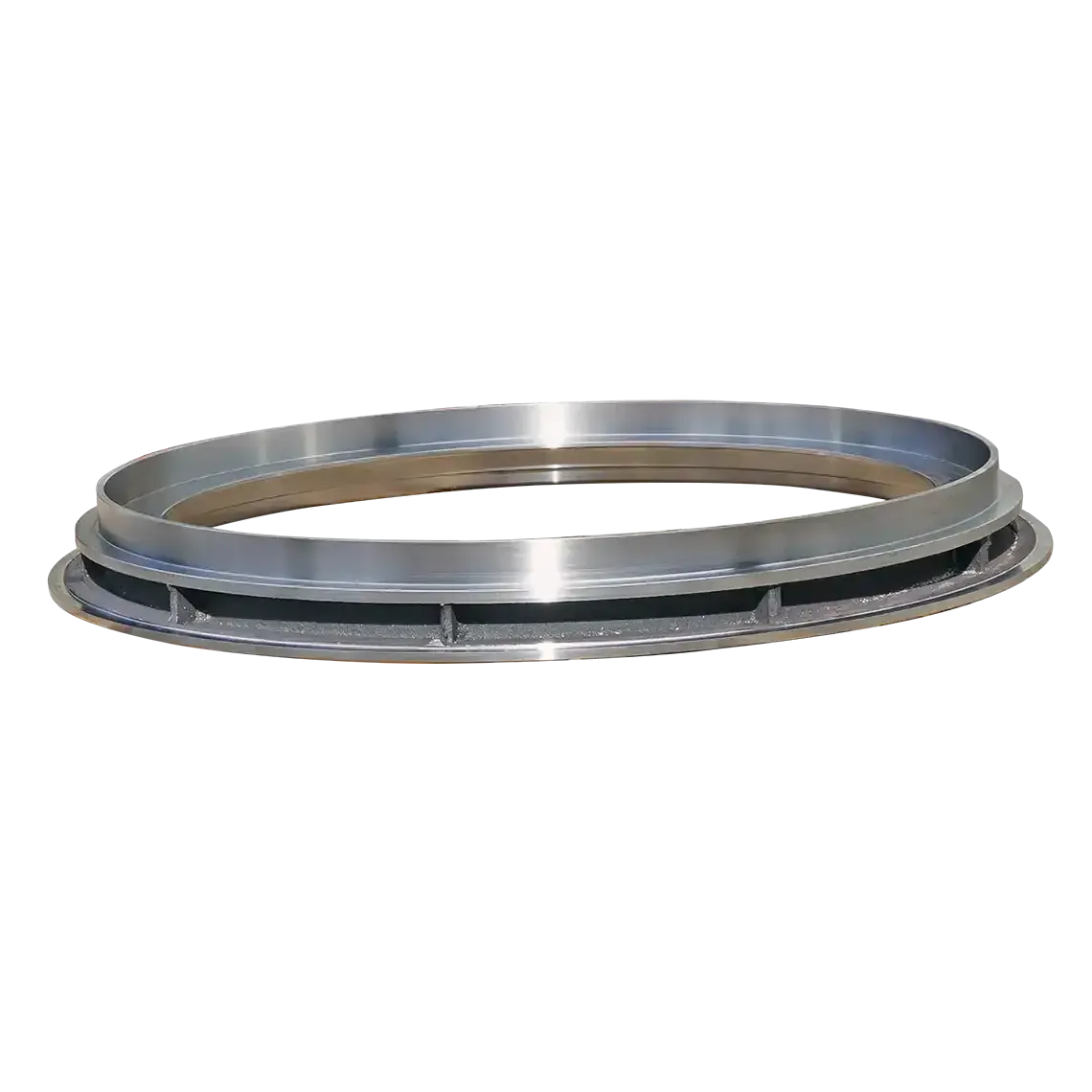- Afrikaans
- Albanian
- Amharic
- Arabic
- Armenian
- Azerbaijani
- Basque
- Belarusian
- Bengali
- Bosnian
- Bulgarian
- Catalan
- Cebuano
- China
- China (Taiwan)
- Corsican
- Croatian
- Czech
- Danish
- Dutch
- English
- Esperanto
- Estonian
- Finnish
- French
- Frisian
- Galician
- Georgian
- German
- Greek
- Gujarati
- Haitian Creole
- hausa
- hawaiian
- Hebrew
- Hindi
- Miao
- Hungarian
- Icelandic
- igbo
- Indonesian
- irish
- Italian
- Japanese
- Javanese
- Kannada
- kazakh
- Khmer
- Rwandese
- Korean
- Kurdish
- Kyrgyz
- Lao
- Latin
- Latvian
- Lithuanian
- Luxembourgish
- Macedonian
- Malgashi
- Malay
- Malayalam
- Maltese
- Maori
- Marathi
- Mongolian
- Myanmar
- Nepali
- Norwegian
- Norwegian
- Occitan
- Pashto
- Persian
- Polish
- Portuguese
- Punjabi
- Romanian
- Russian
- Samoan
- Scottish Gaelic
- Serbian
- Sesotho
- Shona
- Sindhi
- Sinhala
- Slovak
- Slovenian
- Somali
- Spanish
- Sundanese
- Swahili
- Swedish
- Tagalog
- Tajik
- Tamil
- Tatar
- Telugu
- Thai
- Turkish
- Turkmen
- Ukrainian
- Urdu
- Uighur
- Uzbek
- Vietnamese
- Welsh
- Bantu
- Yiddish
- Yoruba
- Zulu
Sep . 06, 2024 20:25 Back to list
Ductile Iron Casting - High-Quality Cast Iron Solutions
The Advantages and Applications of Ductile Iron Casting
Ductile iron casting, also known as ductile cast iron or nodular cast iron, is a type of iron that possesses unique properties which make it highly valuable for various industrial applications. Developed in the 1940s, ductile iron casting has gained prominence due to its impressive strength, ductility, and versatility in manufacturing processes.
One of the defining characteristics of ductile iron is its ability to withstand significant stress while also allowing for a degree of deformation. This is primarily due to the spherical graphite structure present in the iron. Unlike traditional cast iron, which features flake graphite that can create weak points, ductile iron's microstructure enhances both strength and toughness. As a result, ductile iron components can handle higher loads and exhibit improved resistance to fatigue, making them ideal for demanding applications.
Ductile iron casting finds extensive use in sectors such as automotive, construction, and machinery. In the automotive industry, for instance, it is frequently employed for producing components like crankshafts, cylinder heads, and suspension parts. These components benefit from ductile iron's ability to combine high tensile strength with the flexibility needed to absorb shocks and vibrations during operation.
In construction, ductile iron is used for a variety of fittings and pipes, particularly in underground utility applications. Its corrosion resistance and resilience to environmental factors make it a preferred choice for pipes transporting water, gas, and sewage. Additionally, ductile iron castings are crucial for manufacturing manhole covers and drainage systems, which require durability and longevity to withstand heavy vehicle loads and harsh weather conditions.
ductile iron casting

The manufacturing process of ductile iron casting involves several stages, including melting, pouring, and solidification
. The raw materials, typically gray iron, are melted in a furnace and then treated with magnesium to facilitate the formation of spherical graphite. This process is closely monitored to ensure that the correct amount of magnesium is added, as it directly influences the mechanical properties of the final product.Sustainability is also a significant advantage of ductile iron casting. The industry increasingly emphasizes recycling, as ductile iron can be produced from scrap metal, minimizing waste and reducing the need for raw materials. Many foundries are adopting eco-friendly practices, making ductile iron a greener alternative in manufacturing compared to other materials.
Moreover, advancements in technology are enhancing the capabilities and efficiencies of ductile iron casting. Modern computer-aided design (CAD) software and simulation tools allow engineers to optimize designs for weight and material usage, resulting in lighter, more efficient components. Continuous improvements in casting techniques, such as the use of 3D printing and automated molding processes, are also streamlining production while maintaining high quality standards.
In conclusion, ductile iron casting stands out as a reliable and efficient choice for a wide range of applications. Its unique combination of strength, ductility, and resistance to wear and corrosion makes it suitable for critical components in numerous industries. As technology advances and sustainability becomes a more prominent concern, the relevance of ductile iron casting is likely to grow, ensuring its place as a vital material in modern manufacturing.
-
8mm Thin-Walled Cast Steel Manhole Cover Pallet Bottom Ring | Durable
NewsAug.04,2025
-
Premium Cast Iron Water Main Pipe: Durable, Corrosion-Resistant
NewsAug.03,2025
-
Durable Cast Iron Water Mains | AI-Optimized Systems
NewsAug.02,2025
-
High-Efficiency Propane Boiler for Baseboard Heat | Save Energy
NewsAug.01,2025
-
Premium Source Suppliers for Various Gray Iron Castings
NewsJul.31,2025
-
Durable Cast Iron Water Main Pipes | Long-Lasting
NewsJul.31,2025


